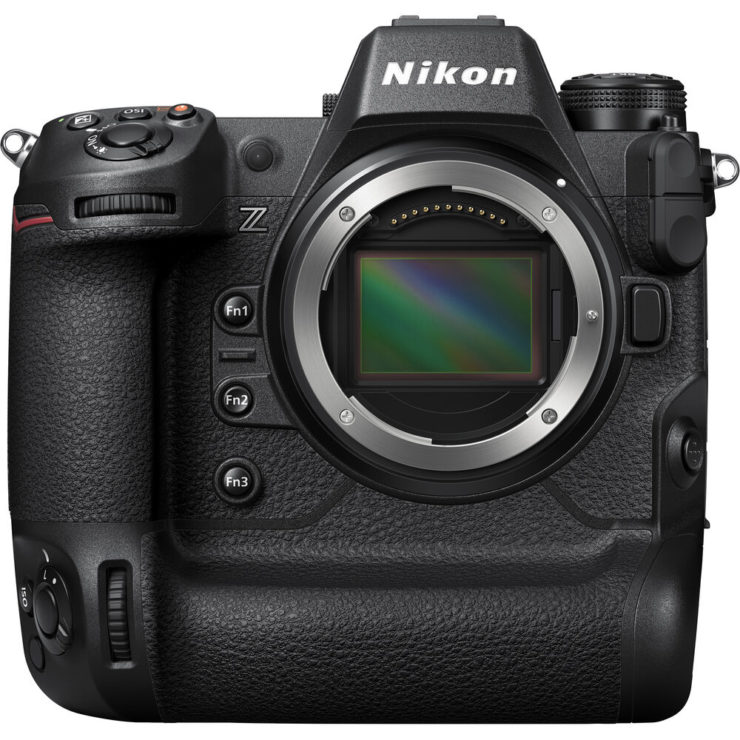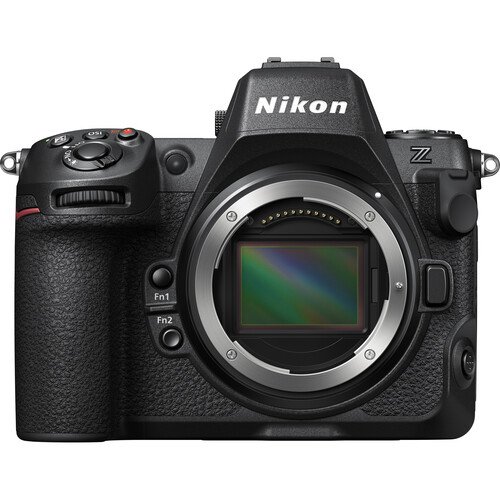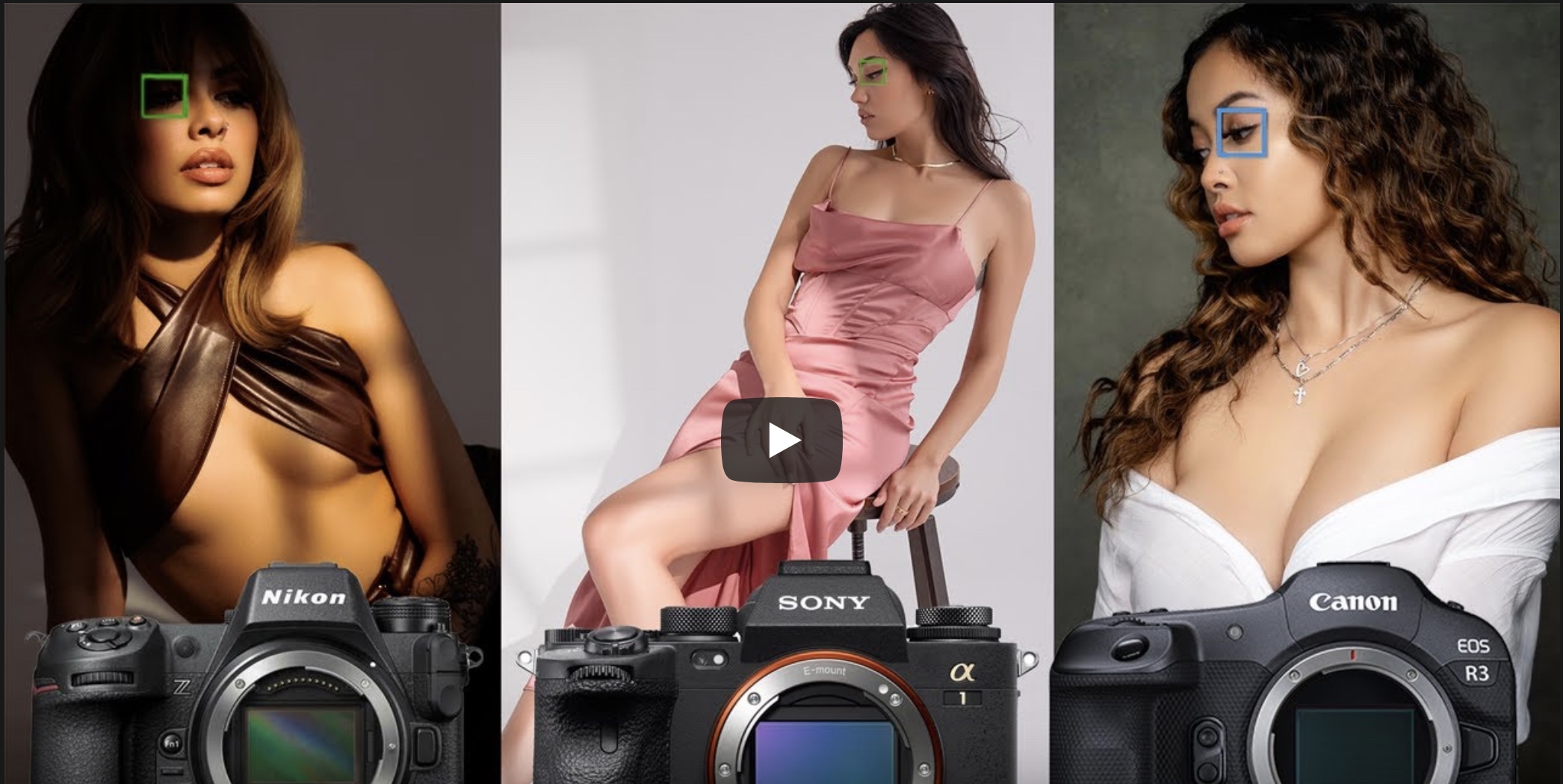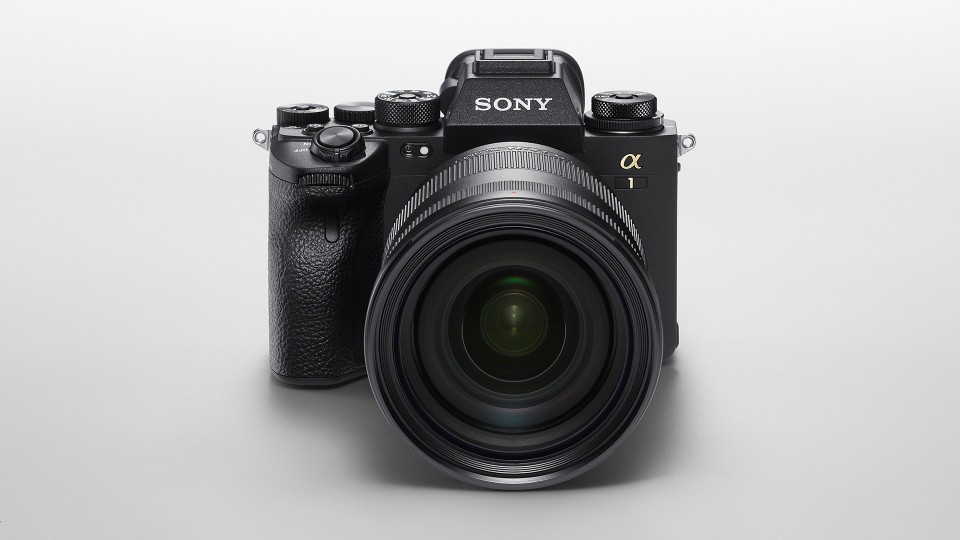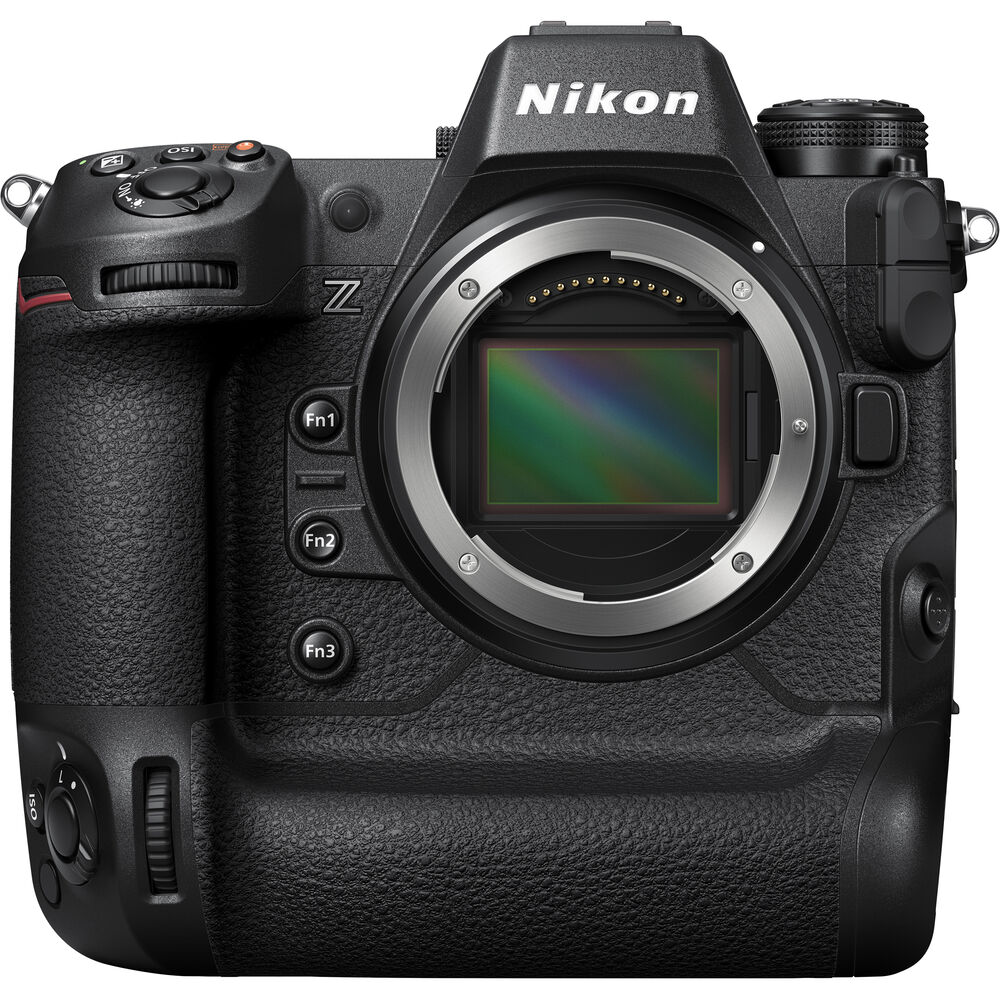DPReview's Chris, now employed at PetaPixel, posted a video where he compares the Nikon Z…
Nikon Z 9 Review by DPReview TV (one of the best cameras they’ve ever tested)
Sorry folks for yet another Nikon Z 9 review but this camera is too cool not to get featured ;-)
Nikon Z 9 at a glance:
- 45.7MP FX-Format Stacked CMOS Sensor
- EXPEED 7 Image Processor
- 8.3K 60p N-RAW, 4.1K 60p ProRes RAW
- 8K30p and 4K120p Video, 10-Bit Internal
- Up to 20 fps Raw, 30 fps JPEG Shooting
- 493-Point AF, AI-Based Subject Detection
- Blackout-Free Real Live Viewfinder
- 3.2″ 4-Axis Tilting Touchscreen LCD
- Vertical Grip, 2x CFexpress Type B Slots
- 5 GHz Wi-Fi, Bluetooth, and GNSS
After their written review, the folks at DPReview TV now posted also a compact video Nikon Z 9 review. They say:
The Nikon Z9 is one of the best cameras we’ve ever tested, but is there any reason not to jump on a wait list if you’re looking for the best hybrid mirrorless camera? We’ve been testing the Z9 with the new 2.0 firmware for a while, and we have the answers.
Definitely a very interesting camera, the Nikon Z 9. Moreover, Nikon surprised everyone releasing a Nikon Z 9 firmware update that’s so huge it could have been an entirely new camera.
Nikon Z 9 (starts $5,496.95): B&H Photo | Adorama
Stacked Sensor and Powerful Processing Engine
45.7MP Stacked BSI CMOS Sensor
The core of the Z9 is the newly developed FX-format 45.7MP BSI stacked CMOS sensor. Its stacked design offers fast readout speeds and helps to reduce rolling shutter, and the BSI design contributes to impressive clarity and minimal noise when working at higher sensitivities. At 45.7MP, it’s also a high-resolution chip that benefits landscape, portraiture, and other detail-oriented genres, as well as enables recording video at resolutions up to 8K. The full-frame BSI design is known for exquisite color and detail rendering, too, and this sensor offers a native ISO 64-25600 range, that can be expanded to ISO 32-102400.
EXPEED 7 Image Processor
Complementing the sensor is an advanced processing engine, the EXPEED 7, which offers speeds approximately 10x faster than a Z 7II. This engine works in conjunction with the stacked sensor design to realize impressively fast AF speeds, burst shooting rates, a high buffer capacity, fluid video performance, and quick all-around handling.
- Top continuous shooting speeds of 20 fps when shooting in raw, 30 fps when shooting in JPEG, and an impressive 120 fps shooting rate when recording 11MP stills, with all rates supporting full AF/AE performance.
- Able to buffer over 1000 raw images in a burst, meaning raw image sequences can be recorded for approximately 50 seconds continuously. Also, during playback, you can skip to the first shot of a given burst to expedite the on-camera review process
- Pre-Release Capture helps make decisive moment shots easier by recording frames in a burst for up a second prior to actually releasing the shutter. When this feature is activated, burst shooting will commence when the shutter is half-pressed and the buffer will retain up to a second’s worth of frames prior to fully pressing the shutter.
- Electronic shutter affords a top shutter speed of 1/32,000 sec for working in the brightest conditions with wider apertures.
- Stacked sensor design reduces rolling shutter distortion so fast-moving subjects, like a golf club, tennis racket, or baseball bat, do not appear distorted when working with shutter speeds up to 1/32,000 sec.
- AF calculations are done at a 120 fps rate to keep up with fast continuous shooting speeds.
- New High Efficiency RAW file format maintains image quality akin to uncompressed raw files but with file sizes approximately 30% smaller for faster reading/writing to the memory card.
- Motion Blend Retouch feature can be used to produce an in-camera composite that depicts a series of subject movements within a single frame.
- Added with Firmware 2.0, an enhanced Long Exposure display includes a live exposure timer on the rear LCD, along with the ability to dim the viewfinder to better preserve your night-adjusted vision.
Electronic Shutter-Only Design
Relying on the speed and stacked design of the sensor, the Z9 completely forgoes a mechanical shutter and uses just an electronic shutter for all capture modes. The speed of the sensor enables recording at up to 1/32,000 sec and the stacked structure reduces motion distortion for accurate depiction of fast-moving subjects, like golf clubs, baseball bats, and automobiles. Also, despite the absence of a mechanical shutter, flash sync up to 1/200 sec. is still supported as well as high speed sync functions.
By removing the mechanical shutter, the Z9 can also operate completely silently and there is no worry over mechanical shutter wear or breakdown. A shutter release sound can be added for awareness when a photo is being taken, and the volume can be adjusted to suit different working scenarios.

